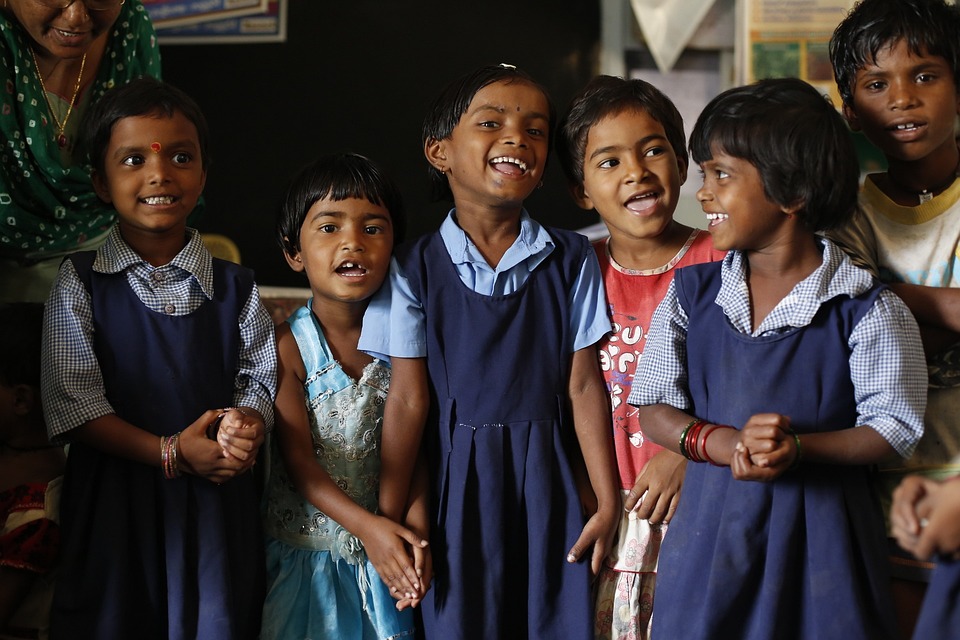1. Objectives
– Provide a practical and playful experience to develop children’s motor coordination.
– Stimulate children’s concentration and focus while carrying out activities.
– Encourage interaction and collaboration between children, promoting teamwork.
– Develop basic motor skills, such as balance, coordination, agility and strength.
2. Introduction
– Start the class with a brief explanation about the importance of motor development in childhood and how physical activities can contribute to the healthy development of children.
– Present the motor circuit as a fun way to encourage the practice of physical activities and the development of motor skills.
– Demonstrate the different elements of the motor circuit and explain the basic rules for carrying out the activities.
3. Development
3.1. Presentation of the motor circuit
– Divide the children into small groups and present the motor circuit, explaining each activity and its purpose.
– Demonstrate the activities so that children understand how to carry out them correctly.
3.2. Carrying out activities
– Guide the groups to go through the motor circuit, carrying out each activity sequentially.
– Stimulate healthy competition between groups, encouraging cooperation and companionship.
– Observe and correct posture and execution of activities, offering assistance and guidance when necessary.
4. Return
4.1. Learning Check
– After completing the activities, bring the children together for a brief conversation about what they learned during the motor circuit.
– Question the children about how they felt when carrying out the activities and what challenges they encountered.
4.2. Children's feedback
– Allow children to share their experiences and suggest activities for future classes.
– Value the effort and participation of each child, reinforcing the importance of practicing physical activities for healthy development.
5. Homework
– Suggest that parents encourage children to practice physical activities at home, whether through outdoor play, dancing or games that encourage movement.
6. Conclusion
– End the class by emphasizing the importance of regular physical activity for children’s motor and cognitive development.
– Encourage children to keep moving and exploring new ways to play and exercise.
– Reinforce the idea that physical activity can be fun and beneficial for children’s health and well-being.
